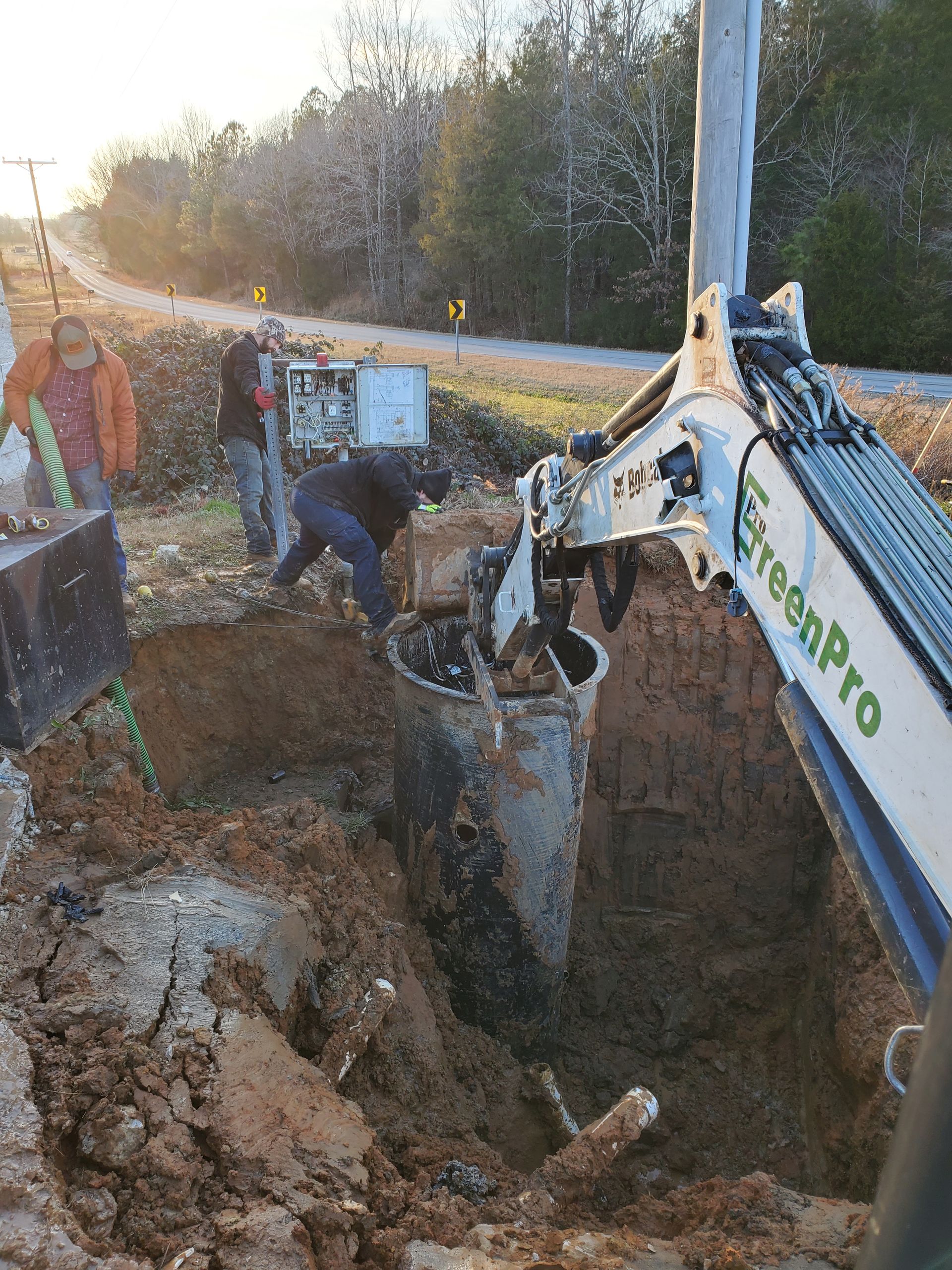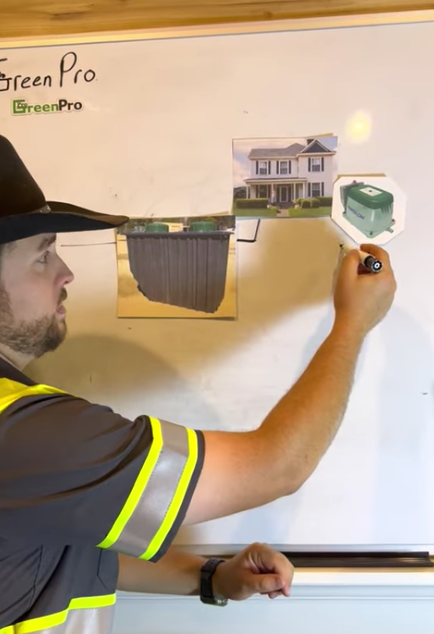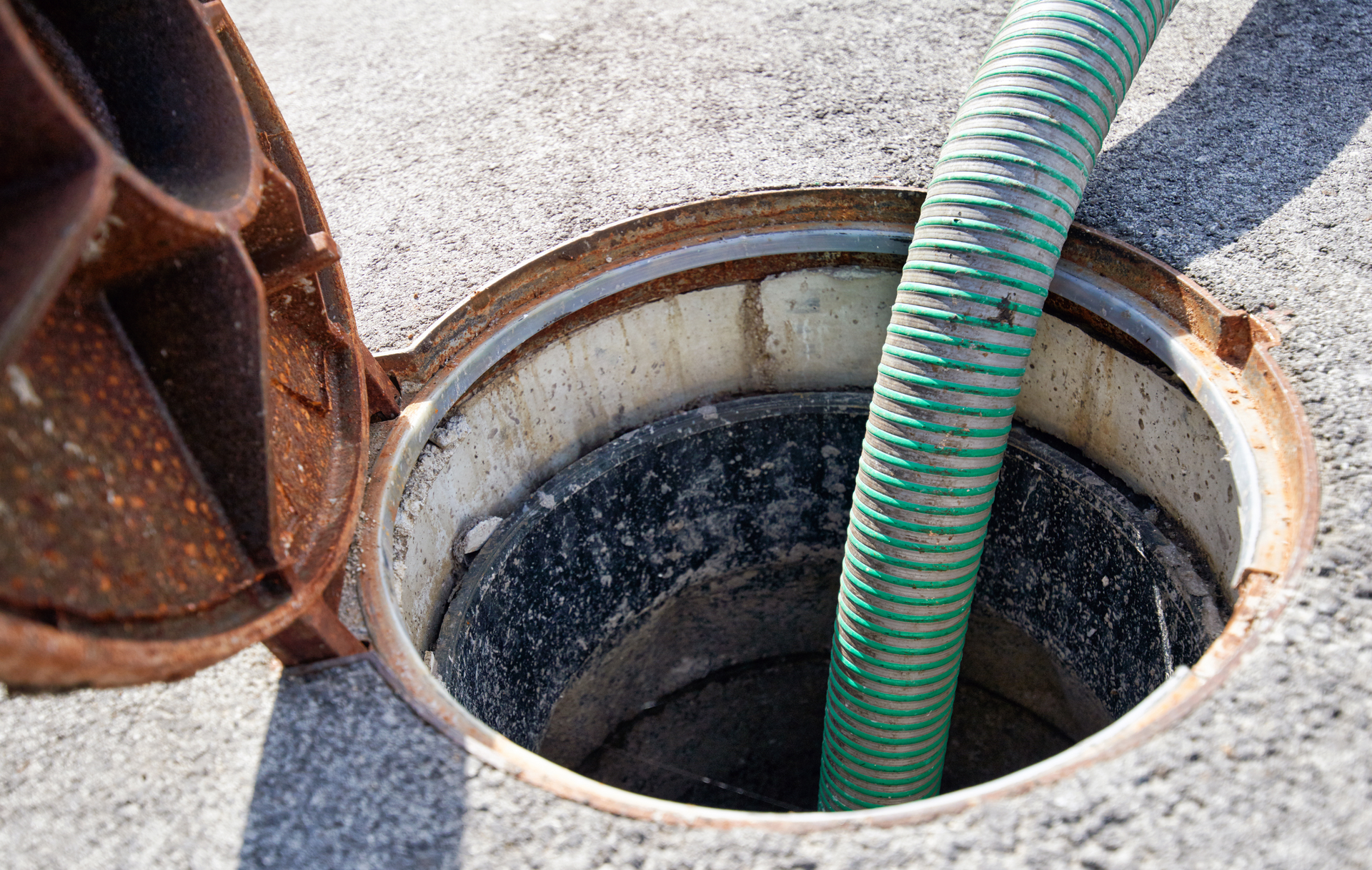Common questions and answers about your utilities and septic system in Oxford, MS
Frequently Asked Questions

Septic tank installation is a crucial step for property owners in Holly Springs, MS, who rely on septic systems for wastewater management. Proper installation ensures the efficient and environmentally responsible treatment of household sewage, protecting public health and preserving the integrity of the local ecosystem. This article provides valuable insights into the process of septic tank installation in Holly Springs, MS, highlighting key considerations and best practices for property owners. Site Assessment and Permitting: Before embarking on a septic tank installation project in Holly Springs, MS, property owners must conduct a thorough site assessment to determine the suitability of the location for a septic system. Factors such as soil type, groundwater levels, lot size, and proximity to water bodies or wells are critical considerations. Additionally, property owners must obtain the necessary permits from local health departments or regulatory agencies before commencing installation to ensure compliance with regulations and zoning ordinances. Design and Sizing: The design and sizing of the septic tank system are essential aspects of the installation process in Holly Springs, MS. Property owners should work with qualified septic system professionals to develop a design that meets the specific needs of their property, taking into account factors such as household size, water usage, and soil conditions. Proper sizing ensures adequate treatment and disposal of wastewater while minimizing the risk of system overload or failure. Installation Process: The installation process for septic tank systems in Holly Springs, MS, typically involves several key steps, including excavation, tank placement, inlet and outlet pipe installation, and backfilling. Experienced contractors use specialized equipment and techniques to ensure precise placement and proper alignment of components. Attention to detail during installation is crucial to prevent future issues such as leaks, clogs, or structural damage. Quality Materials and Components: Choosing quality materials and components is essential for the longevity and reliability of a septic tank system in Holly Springs, MS. Property owners should invest in durable, corrosion-resistant tanks and pipes that are designed to withstand the rigors of underground installation and operation. Additionally, adherence to industry standards and manufacturer recommendations ensures the integrity of the system and minimizes the risk of premature failure. Environmental Considerations: Environmental considerations are paramount during septic tank installation in Holly Springs, MS, to minimize the impact on the surrounding ecosystem. Property owners should take measures to protect nearby water sources, wetlands, and wildlife habitats from contamination during excavation and construction activities. Proper erosion control, sedimentation prevention, and restoration of disturbed areas are essential for preserving environmental quality and complying with regulatory requirements. Ongoing Maintenance and Care: Once the septic tank system is installed in Holly Springs, MS, property owners must prioritize ongoing maintenance and care to ensure its continued functionality and longevity. Regular inspections, pumping, and servicing by qualified professionals are essential to prevent malfunctions, backups, and environmental contamination. Property owners should also adhere to responsible waste disposal practices and avoid flushing non-biodegradable materials or harmful chemicals down the drain. Conclusion: Septic tank installation is a significant investment for property owners in Holly Springs, MS, requiring careful planning, design, and execution to ensure success. By understanding the key insights and considerations outlined in this article, property owners can make informed decisions and work with trusted professionals to install septic tank systems that meet their needs while safeguarding public health and environmental quality.

In Water Valley, MS, septic systems are a vital component of residential and commercial properties, providing efficient wastewater treatment for those not connected to municipal sewer lines. Proper maintenance of septic systems is essential to ensure their longevity, efficiency, and environmental responsibility. This article explores the importance of septic system maintenance in Water Valley, MS, and provides valuable insights into effective maintenance practices for property owners. Understanding the Role of Septic System Maintenance: Septic system maintenance involves regular inspections, pumping, and servicing to prevent malfunctions, backups, and environmental contamination. In Water Valley, MS, where septic systems are prevalent, proactive maintenance is critical to preserving property value, protecting public health, and maintaining environmental integrity. Routine Inspection and Pumping: Routine inspection and pumping are fundamental aspects of septic system maintenance in Water Valley, MS. Property owners should schedule regular inspections by qualified technicians to assess the condition of their septic tanks, identify any signs of deterioration or damage, and determine the appropriate frequency for pumping based on household size and usage. Regular pumping removes accumulated solids and prevents system overload, ensuring optimal performance and longevity. Proper Waste Disposal Practices: Proper waste disposal practices are essential for maintaining the efficiency of septic systems in Water Valley, MS. Property owners should avoid flushing non-biodegradable materials, chemicals, grease, and excessive amounts of household cleaners down the drain, as these can disrupt the natural biological processes within the septic tank and lead to system failure. Educating residents about responsible waste disposal practices is integral to effective septic system maintenance. Drainfield Care and Preservation: The drainfield plays a crucial role in the function of a septic system by facilitating the final treatment and disposal of wastewater. To maintain the efficiency of the drainfield in Water Valley, MS, property owners should avoid compacting the soil, planting trees or shrubs near the drainfield, and parking vehicles or heavy equipment over it. Additionally, regular maintenance of the distribution box and inspection of the drainfield for signs of saturation or clogging are essential to prevent costly repairs. Monitoring and Addressing Signs of Trouble: Property owners in Water Valley, MS, should be vigilant in monitoring their septic systems for signs of trouble, such as slow drains, foul odors, sewage backups, or soggy areas near the drainfield. Prompt action should be taken to address any issues, including contacting a qualified septic system service provider for inspection and repair. Ignoring warning signs can lead to extensive damage and costly repairs. Partnering with a Trusted Service Provider: Partnering with a trusted septic system service provider in Water Valley, MS, is essential for property owners seeking reliable maintenance services. Qualified technicians can perform thorough inspections, provide expert recommendations for maintenance and repair, and offer valuable guidance on proper septic system care. By entrusting their septic system maintenance to experienced professionals, property owners can enjoy peace of mind knowing that their systems are in good hands. Conclusion: Effective septic system maintenance is essential for preserving the efficiency, functionality, and longevity of septic systems in Water Valley, MS. By implementing proactive maintenance practices, monitoring system performance, and partnering with trusted service providers, property owners can ensure the continued operation of their septic systems while safeguarding public health and environmental quality.

In Water Valley, MS, reliable septic system service is essential for maintaining the health and functionality of residential and commercial properties. From routine maintenance to emergency repairs, ensuring that septic systems operate efficiently is paramount to the well-being of both residents and the environment. This article delves into the importance of reliable septic system service in Water Valley, MS, and highlights the key factors that contribute to a trustworthy service provider. Understanding the Importance of Septic System Service: Septic systems play a crucial role in wastewater treatment for properties not connected to municipal sewer lines. Regular maintenance and service are necessary to prevent backups, odors, and environmental contamination. In Water Valley, MS, where many homes and businesses rely on septic systems, access to reliable service providers is vital for maintaining public health and safety. Comprehensive Services Offered: A reliable septic system service provider in Water Valley, MS, offers a comprehensive range of services to meet the diverse needs of residential and commercial customers. These services may include septic tank pumping, cleaning, inspection, repair, and installation, as well as grease trap services for commercial kitchens. By offering a full suite of services, providers can address various issues and ensure the proper functioning of septic systems. Experienced and Qualified Technicians: When choosing a septic system service provider in Water Valley, MS, it's essential to prioritize experience and qualifications. Experienced technicians possess the knowledge and skills necessary to diagnose problems accurately, perform repairs efficiently, and provide expert recommendations for system maintenance. Additionally, licensed and certified technicians adhere to industry standards and regulations, ensuring quality service and compliance with local requirements. Responsive Emergency Services: Septic system emergencies can occur unexpectedly and require immediate attention to prevent property damage and health risks. A reliable septic system service provider in Water Valley, MS, offers responsive emergency services to address urgent issues such as sewage backups, drain clogs, or system malfunctions. Access to prompt emergency assistance provides peace of mind for property owners and minimizes the impact of unforeseen emergencies. Commitment to Customer Satisfaction: Customer satisfaction is a hallmark of reliable septic system service in Water Valley, MS. Service providers prioritize open communication, transparency, and professionalism to ensure positive experiences for their customers. From the initial consultation to the completion of service, providers strive to exceed customer expectations and build long-term relationships based on trust and reliability. Environmental Stewardship: In addition to providing quality service to customers, reliable septic system service providers in Water Valley, MS, prioritize environmental stewardship. Proper disposal of wastewater and adherence to environmental regulations are essential aspects of responsible septic system maintenance. By minimizing the environmental impact of their operations, service providers contribute to the preservation of natural resources and the protection of local ecosystems. Conclusion: Reliable septic system service is essential for maintaining the health, safety, and functionality of properties in Water Valley, MS. By partnering with experienced, qualified, and customer-focused service providers, property owners can ensure the longevity and efficiency of their septic systems while safeguarding public health and the environment.
